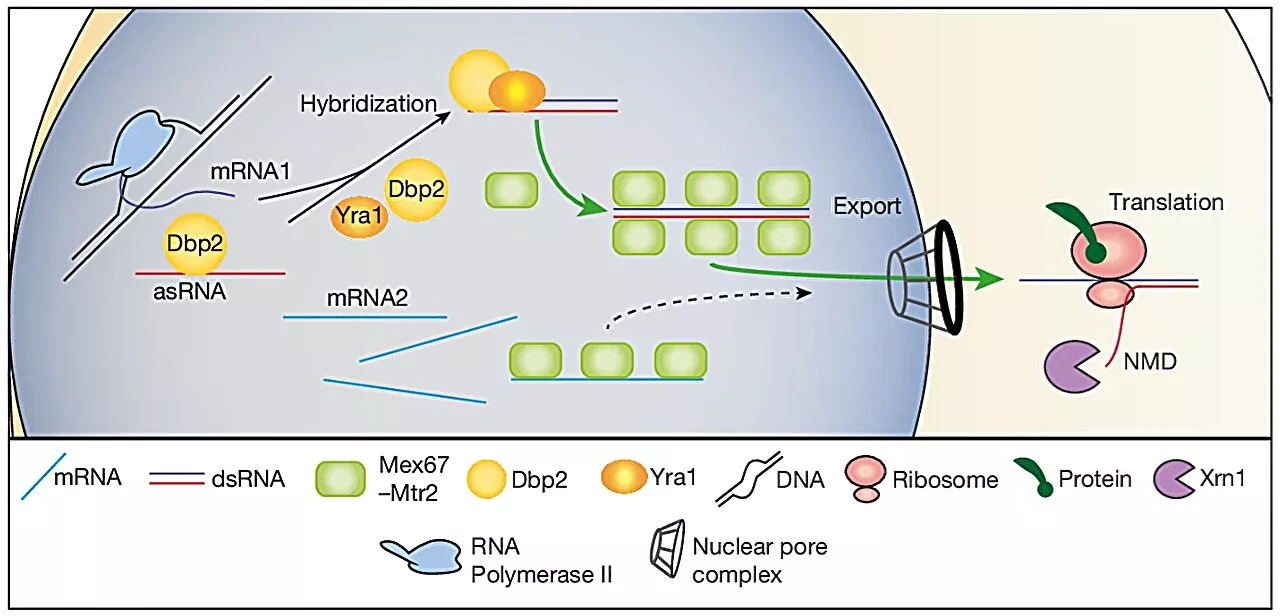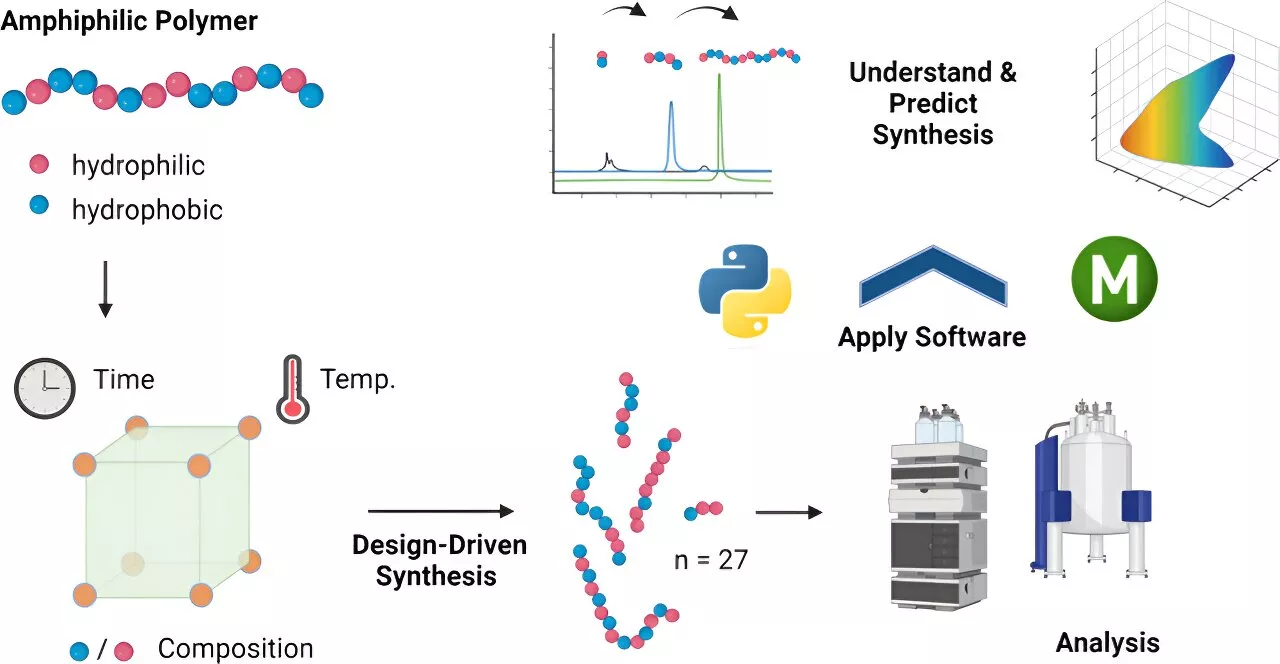RNA therapy with polymer nanoparticles is considered a promising approach for the treatment of various illnesses. It involves the use of polymers as 'nanocarriers' to transport RNA drugs precisely to the correct target cells. Manufacturing such polymers, however, has proven to be complex and difficult.
Researchers develop library for RNA-based therapeutic approaches with polymer nanoparticles retrieved 15 July 2024 from https://phys.org/news/2024-07-library-rna-based-therapeutic-approaches.html
This document is subject to copyright. Apart from any fair dealing for the purpose of private study or research, no part may be reproduced without the written permission. The content is provided for information purposes only.Use this form if you have come across a typo, inaccuracy or would like to send an edit request for the content on this page. For general inquiries, please use ourThank you for taking time to provide your feedback to the editors.
Your feedback is important to us. However, we do not guarantee individual replies due to the high volume of messages.to let the recipient know who sent the email. Neither your address nor the recipient's address will be used for any other purpose. The information you enter will appear in your e-mail message and is not retained by Phys.org in any form.Get weekly and/or daily updates delivered to your inbox.
Physics News Science News Technology News Physics Materials Nanotech Technology Science
United States Latest News, United States Headlines
Similar News:You can also read news stories similar to this one that we have collected from other news sources.
 Researchers develop RNA-targeting technology for precisely manipulating parts of human genesResearchers at the University of Toronto have harnessed a bacterial immune defense system, known as CRISPR, to efficiently and precisely control the process of RNA splicing.
Researchers develop RNA-targeting technology for precisely manipulating parts of human genesResearchers at the University of Toronto have harnessed a bacterial immune defense system, known as CRISPR, to efficiently and precisely control the process of RNA splicing.
Read more »
 Researchers develop RNA-targeting technology for precisely manipulating parts of human genesResearchers have harnessed a bacterial immune defense system, known as CRISPR, to efficiently and precisely control the process of RNA splicing. The technology opens the door to new applications, including systematically interrogating the functions of parts of genes and correcting splicing deficiencies that underlie numerous diseases and disorders.
Researchers develop RNA-targeting technology for precisely manipulating parts of human genesResearchers have harnessed a bacterial immune defense system, known as CRISPR, to efficiently and precisely control the process of RNA splicing. The technology opens the door to new applications, including systematically interrogating the functions of parts of genes and correcting splicing deficiencies that underlie numerous diseases and disorders.
Read more »
 Researchers fabricate ultrastrong aluminum alloys for additive manufacturingMaterial engineers have created a patent-pending process to develop ultrahigh-strength aluminum alloys that are suitable for additive manufacturing because of their plastic deformability. They have produced the alloys by using several transition metals that traditionally have been largely avoided in the manufacture of aluminum alloys.
Researchers fabricate ultrastrong aluminum alloys for additive manufacturingMaterial engineers have created a patent-pending process to develop ultrahigh-strength aluminum alloys that are suitable for additive manufacturing because of their plastic deformability. They have produced the alloys by using several transition metals that traditionally have been largely avoided in the manufacture of aluminum alloys.
Read more »
 How cells boost gene expression | ScienceDailyThe function of non-coding RNA in the cell has long been a mystery to researchers. Unlike coding RNA, non-coding RNA does not produce proteins -- yet it exists in large quantities.
How cells boost gene expression | ScienceDailyThe function of non-coding RNA in the cell has long been a mystery to researchers. Unlike coding RNA, non-coding RNA does not produce proteins -- yet it exists in large quantities.
Read more »
 Non-coding RNA acts as 'superhighway' for gene expression, study findsThe function of non-coding RNA in the cell has long been a mystery to researchers. Unlike coding RNA, non-coding RNA does not produce proteins—yet it exists in large quantities.
Non-coding RNA acts as 'superhighway' for gene expression, study findsThe function of non-coding RNA in the cell has long been a mystery to researchers. Unlike coding RNA, non-coding RNA does not produce proteins—yet it exists in large quantities.
Read more »
 Study reveals significant differences in RNA editing between postmortem and living human brainResearchers have reported finding major differences between postmortem and living prefrontal cortex brain tissues as they relate to one of the most abundant RNA modifications in the brain, known as adenosine-to-inosine (A-to-I) editing.
Study reveals significant differences in RNA editing between postmortem and living human brainResearchers have reported finding major differences between postmortem and living prefrontal cortex brain tissues as they relate to one of the most abundant RNA modifications in the brain, known as adenosine-to-inosine (A-to-I) editing.
Read more »
